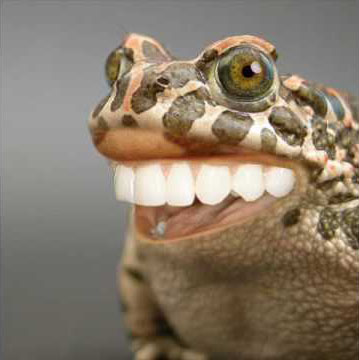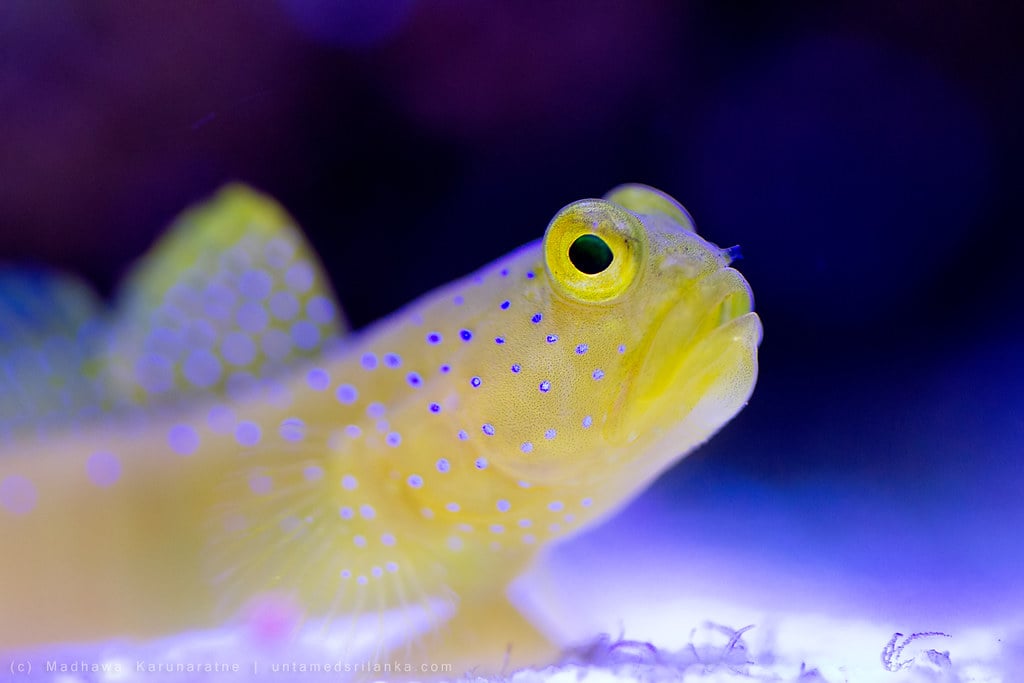

No, large water changes will not typically crash an established cycle. The vast majority of the bacteria that break down nitrogenous wastes live attached to surfaces: filter media, hardscape, substrate, and plants. Filter media are designed with surface area in mind: the hang-on-back (HOB) filters using the plastic cartridge covered with fiber floss has lots of slots to allow water to pass through and over the fibers, which are frizzy and are easily colonized. Canister filters hold stacked baskets of media like porous, ceramic rings that are designed to maximize surface area and house a ton more helpful organisms than even the fiber-covered plastic cartridge.
When starting a new tank, it’s a good idea to throw some of your existing, healthy tank’s filter media (or plants or hardscape) in to jump start the community of microorganisms that keep your aquatic buds safe. You can use a friend’s, but only if you’d trust them to care for your fish at least as well as you do, as harmful organisms can also attach to surfaces and be carried along.





You can add a little fish food if you’re worried about starving the bacteria, but really, microorganisms can live pretty well off their dead brethren.
ETA: It is super important to test for ammonia, nitrite, and nitrate at least once a day if you add fish food and live fish to a new tank, even when using established filter media. It doesn’t take much fish food to crank the ammonia up to a point where it’s hard to get it back under control.